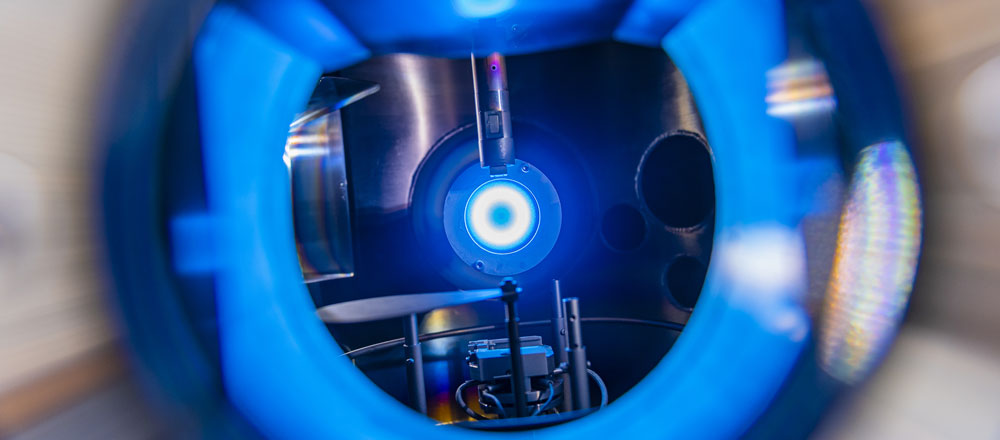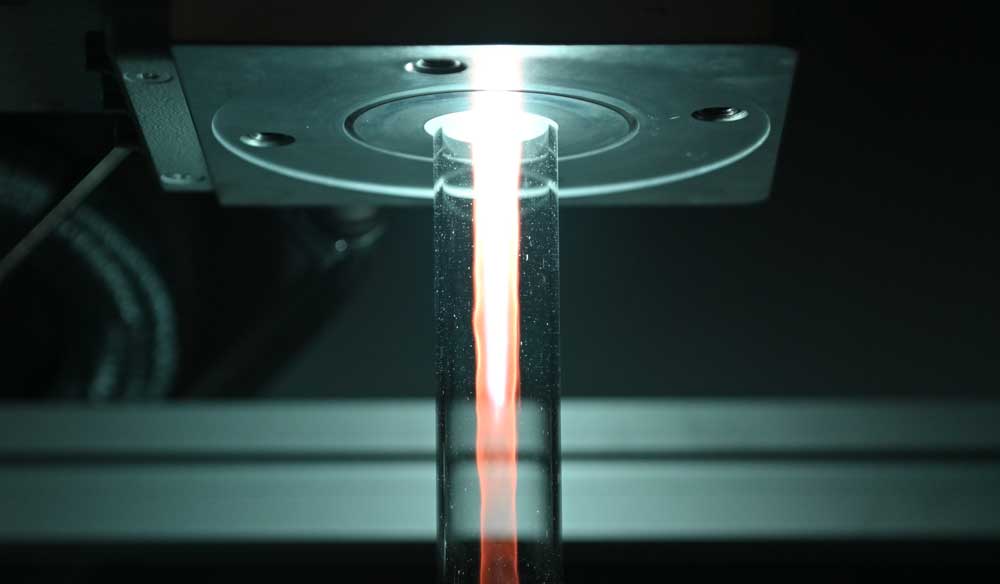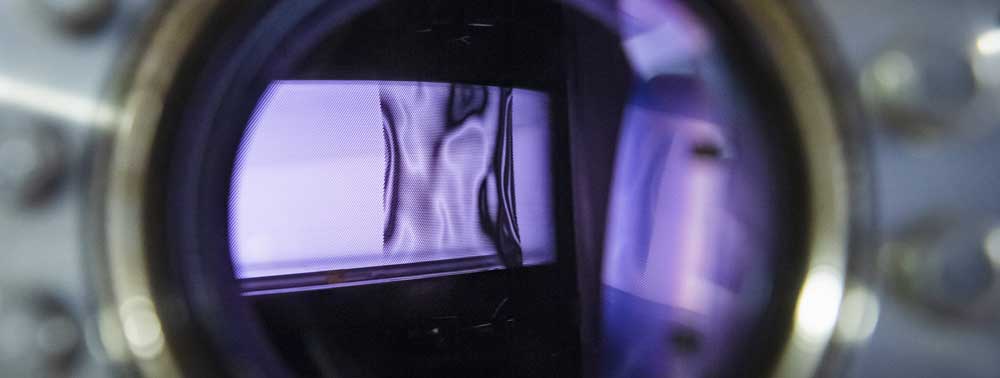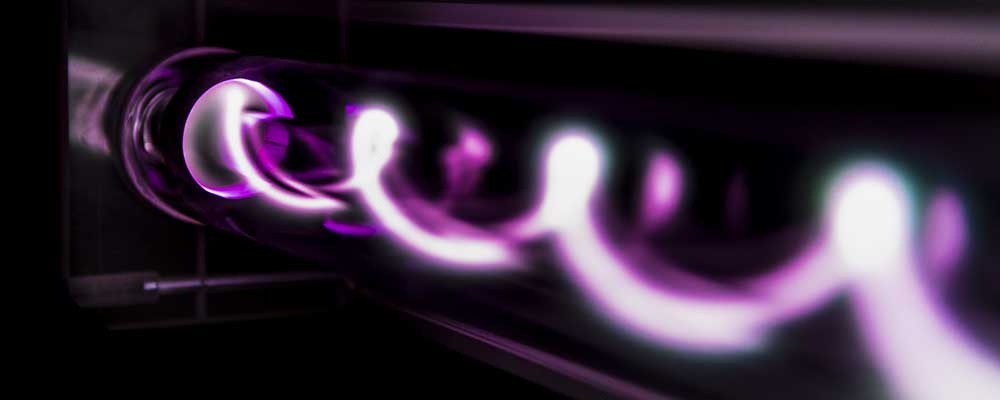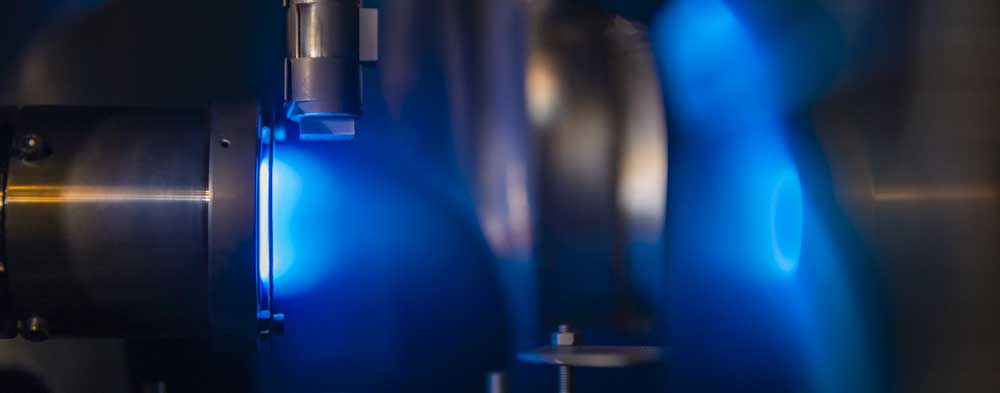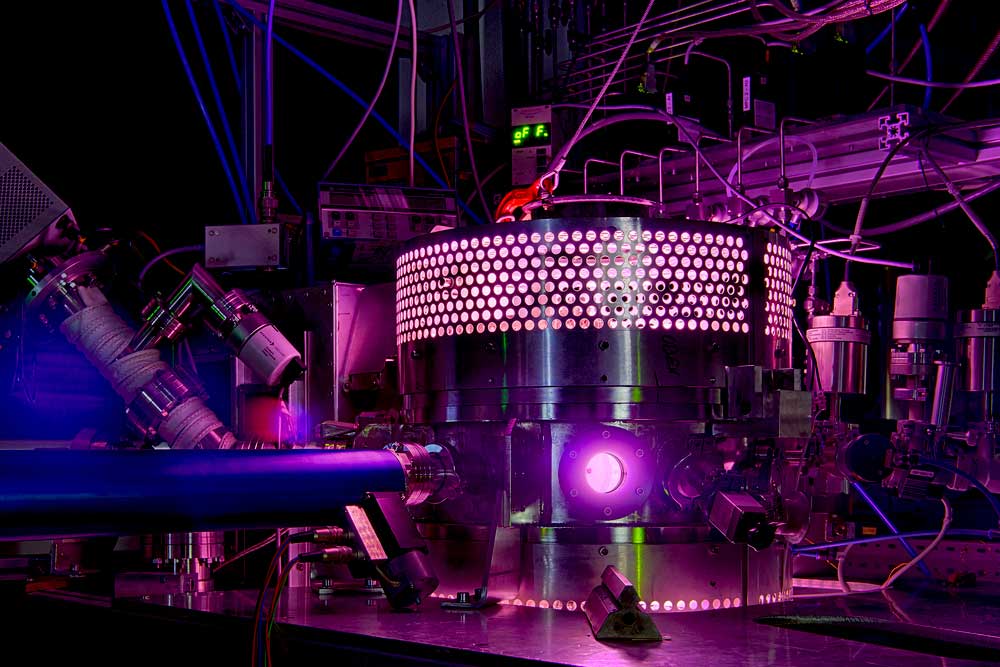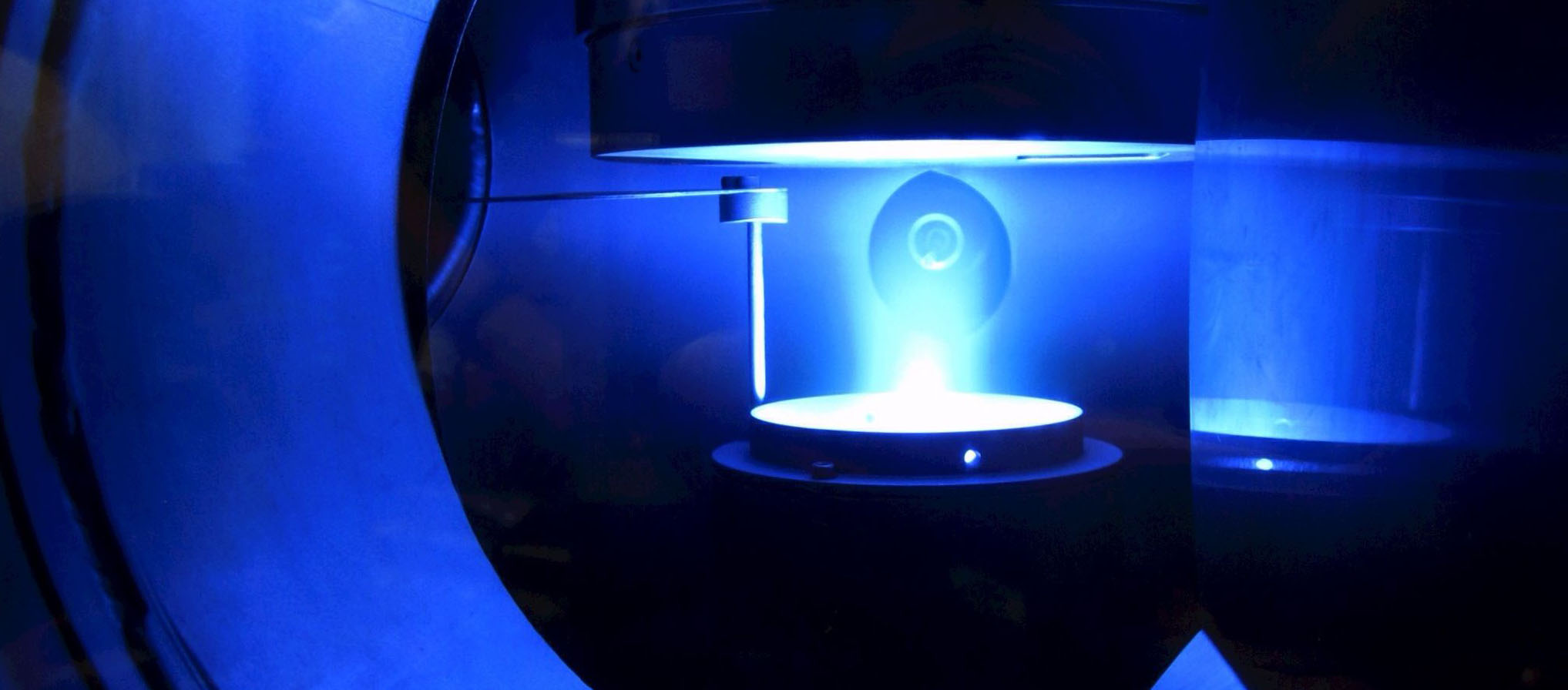Research Paper
Unraveling ns plasma physics of streamers in water
The spectra are dominated by the black body continuum from the hot tungsten surface and line emissions from the hydrogen Balmer series. Typical temperatures from 6000K up to 8000K are reached for the tungsten surface corresponding to the boiling temperature of tungsten at varying tungsten vapor pressures. The analysis of the ignition process and the concurrent spectral features indicate that the plasma is initiated by field ionization of water molecules at the electrode surface. At the end of the pulse, field emission of electrons can occur. During the plasma pulse, it is postulated that the plasma contracts locally at the electrode surface forming a hot spot. This causes a characteristic contribution to the continuum emission at small wavelengths. The spectra also show pronounced emission lines of the hydrogen Balmer series.
Nanosecond plasmas in liquids are an important method to trigger the water chemistry for electrolysis or for biomedical applications in plasma medicine. The understanding of these chemical processes relies on knowing the variation of the temperatures in these dynamic plasmas. This is analyzed by monitoring nanosecond pulsed plasmas that are generated by high voltages (HV) at 20 kV and pulse lengths of 15 ns applied to a tungsten tip with 50 micrometer diameter immersed in water. Plasma emission is analyzed by optical emission spectroscopy (OES) ranging from UV wavelengths of 250nm to visible wavelengths of 850nm at a high temporal resolution of 2 ns.

It is striking that the electron density follows closely the voltage applied to the electrode during the rising and falling edge of the pulse. In nanosecond plasmas in gases at atmospheric pressures, the voltage and current exhibit usually a delay in between with the voltage rising first followed by the current due to the delayed build-up of the electron density in the ionization avalanche. During the plasma propagation in the liquid, however, the density of species is three orders of magnitudes higher, so that the build-up of charges is expected to be much faster compared to the variation of the voltage. The same also holds for recombination that should exhibit time constants of the order of ps at these densities. The actual electron density is then a balance between generation of free electrons in the high electric fields and their loss due to recombination. This is consistent with the observation that the electron density follows also the decrease of the voltage with a time constant of 8 ns. The decay of the electron density is not a free decay due to recombination, but rather follows a decreasing equilibrium value as a competition between ionization and recombination.
- publication in PSST: Nanosecond pulsed discharges in distilled water - Part I: Continuum radiation and plasma ignition K. Grosse, V. Schulz-von der Gathen, A. von Keudell
- publication in PSST: Nanosecond pulsed discharges in distilled water - Part II: Line emission and plasma propagation A. von Keudell, K. Grossse, V. Schulz-von der Gathen


